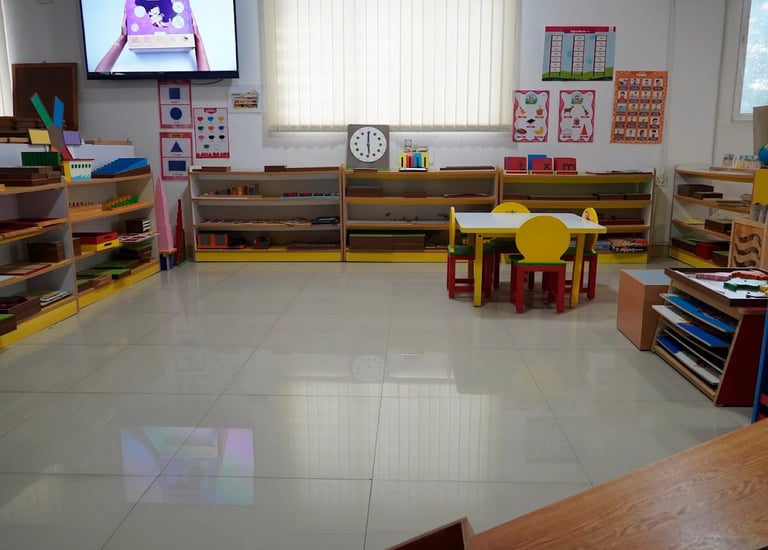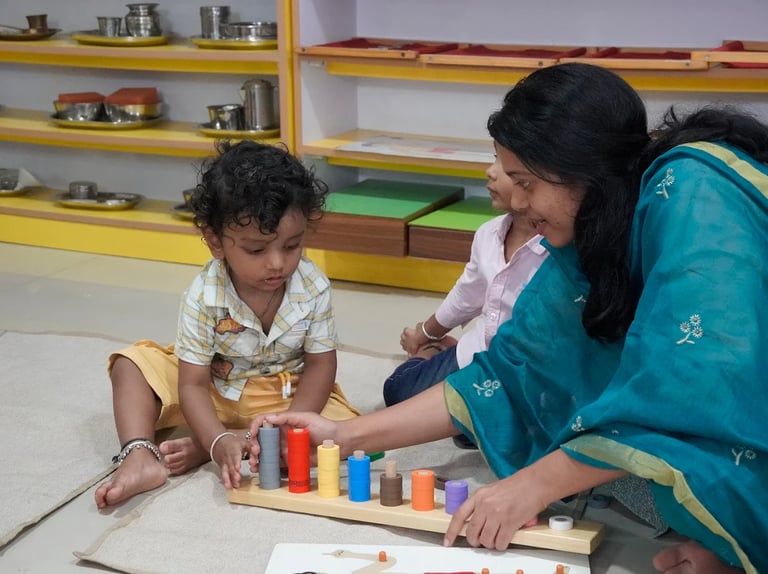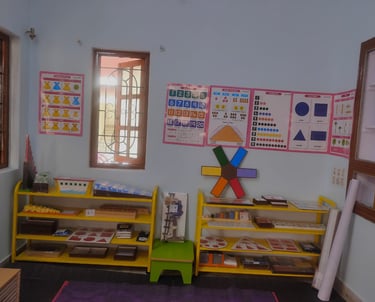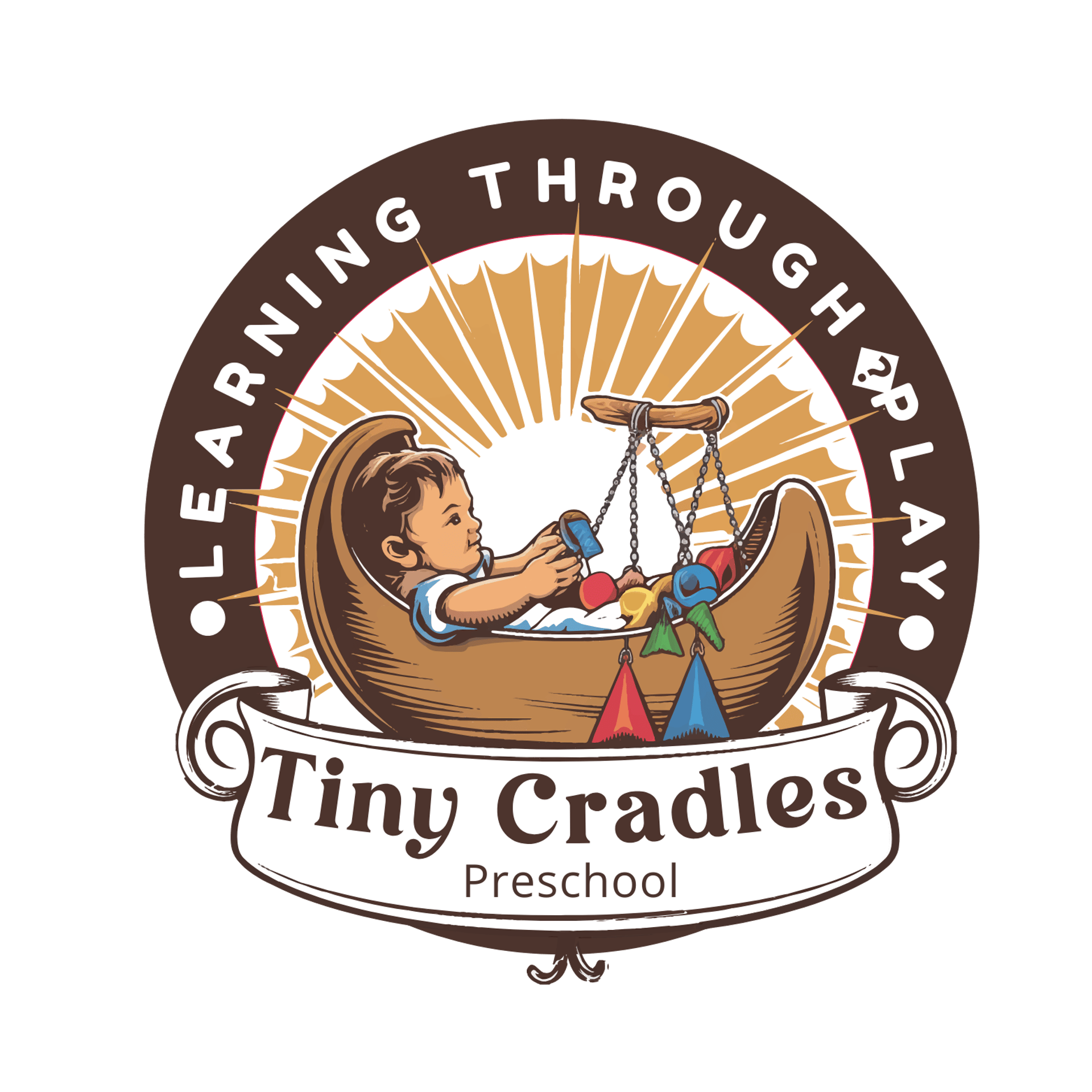Nurturing Learning Environment
Tiny Cradle Preschool offers a safe, nurturing space for children to learn and grow.
Daycare


1 Year and above




Playgroup
2 Years - 3 Years
3 Years - 4 Years
Nursery
THE CURRICULUM
Physical
Intellectual
Language
Creative
Socio Emotional

THE ENVIRONMENT
The environment is a major part of our curriculum. A young child must get daily experience with learning aids in a structured environment which has specific usage, derived from the curriculum. The environment in our curriculum facilitates self-learning in every child.


LEARNING MODES


THE TEACHERS




Our staff is trained to ensure that the curriculum objectives for each child are met consistently. They are trained to facilitate learning, observe, record, and assess daily. We have an appropriate student-teacher ratio to ensure that every child's needs are met so that they don’t excessively depend on an adult.
METHODOLOGY
Teachers are facilitators
Self-Learning Environment
Each Child at his own pace
Self-correction
Inner discipline
Daily observation and assessment
Socially vibrant environment
Encouraging the child’s inherent desire to do and learn.
Our curriculum has activities that are specifically designed to help a child in every area of development. These activities include:
🔴 Individual learning with materials
🟢 Small group activities in art, language, and gross motor skills
🔴 Learning through a thematic approach
🔴 Occasional support learning through role-plays, presentations, storytelling,
🔵 Reading
🟢 Field trips
🟣 Project-based learning for older children
🟡 Cultural celebrations


COGNITIVE / ACADEMIC LEARNING
Every activity in the school is done with a clear-cut objective and outcome for the child.
In the 2 to 4 years category, we begin with fine motor and practical life skills. English is introduced with phonetics. Mathematics is introduced with materials that help the child comprehend this very abstract area. Other activities help with cognitive development and logical thinking.
In the 4 to 6 age group, children are taken through a program that covers fairly complex areas of language, mathematics, geography, history, and science in a manner that will help them understand the fundamentals.
Education at Tiny Cradles is not just academic—it builds life skills and social awareness.
Children are encouraged to make decisions about their work.
Learning happens in both small groups and independent settings.
Peer-to-peer help develops empathy and cooperation.
Mixed-age activities encourage teamwork and confidence.
Hands-on practical skills like cutting, gardening, art, and sieving make learning purposeful.
Critical Non-Academic Skills


Physical Development
We believe that an active body fuels an active mind. At Tiny Cradles, structured physical activities strengthen motor skills, balance, and overall well-being—helping children grow strong, confident, and healthy.



A safe space for children to learn and grow.
Connect with us
81050 31597
© 2025. All rights reserved to Tiny cradle preschool
www.tinycradlepreschool.in
Connect with us
Follow us
90/5, 3rd C cross, 25th Main Rd, BTM 2nd Stage, Bengaluru, Karnataka 560076
